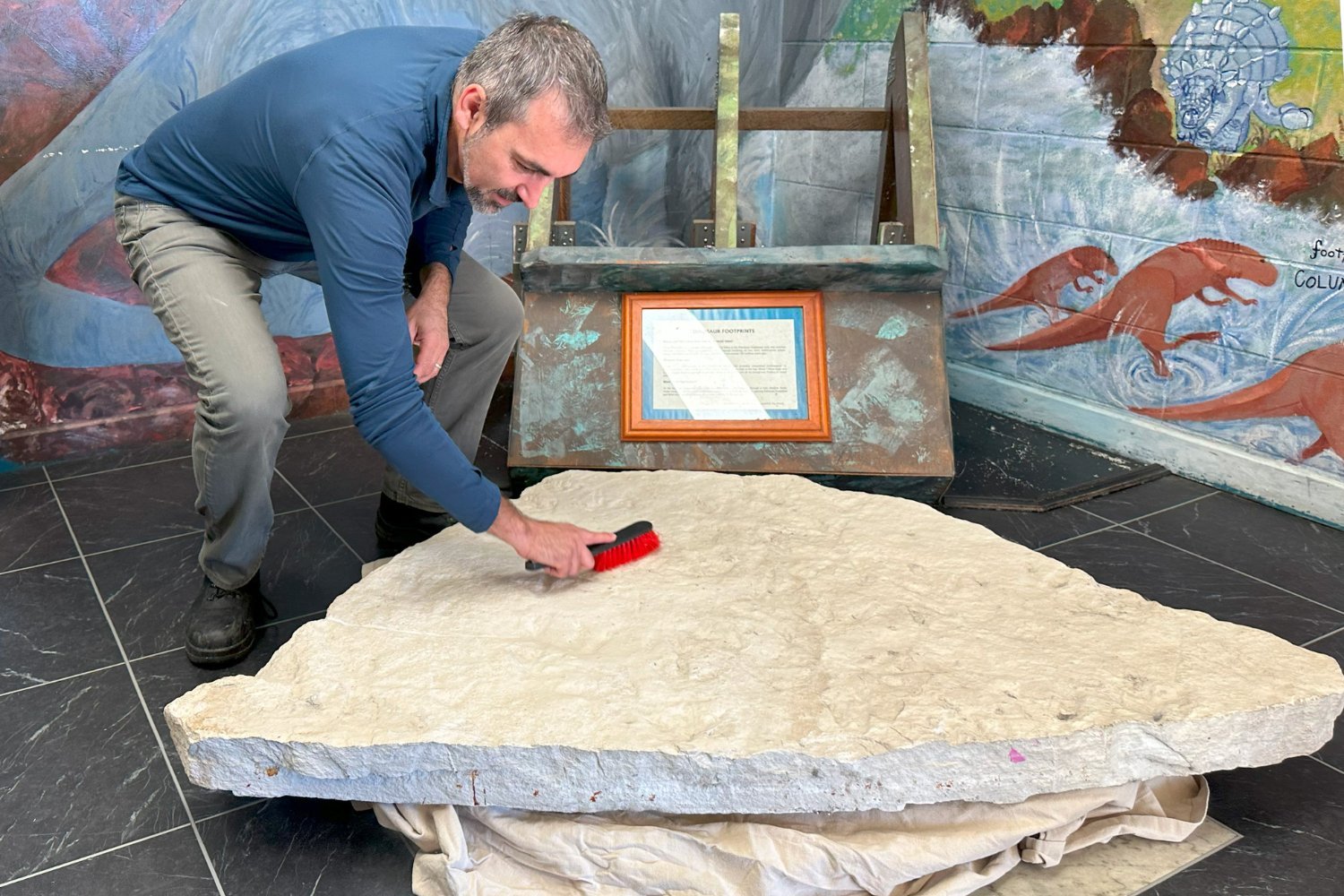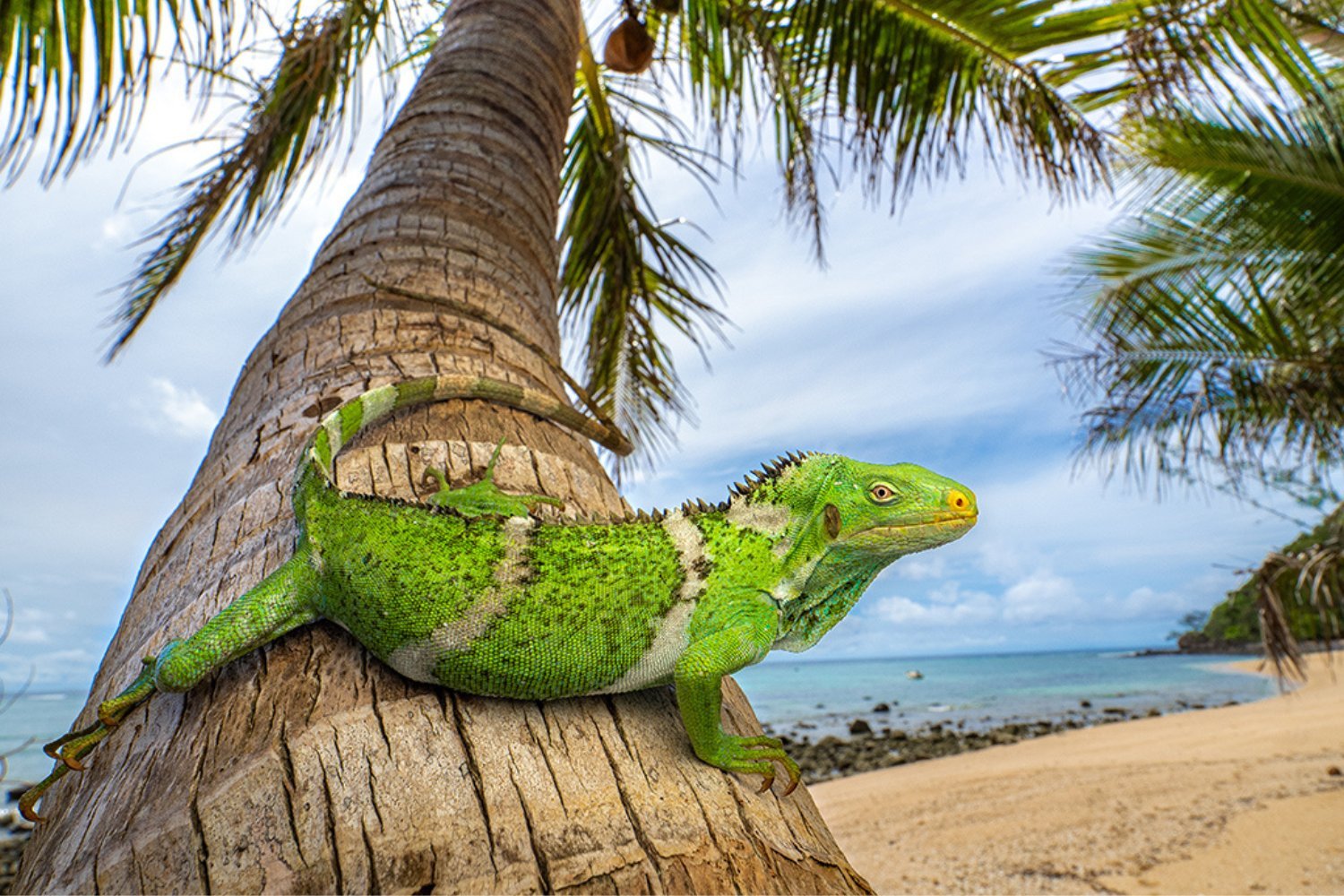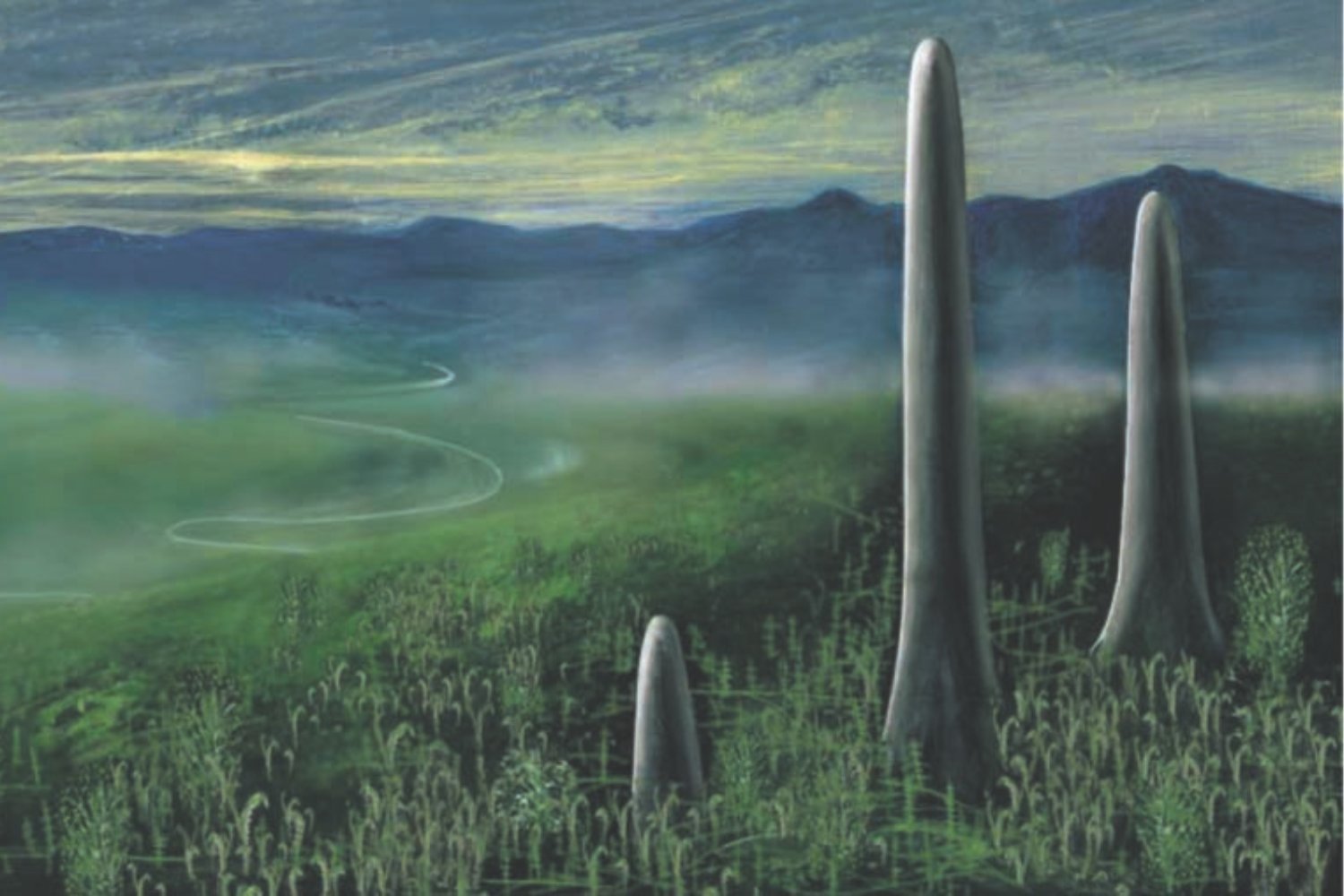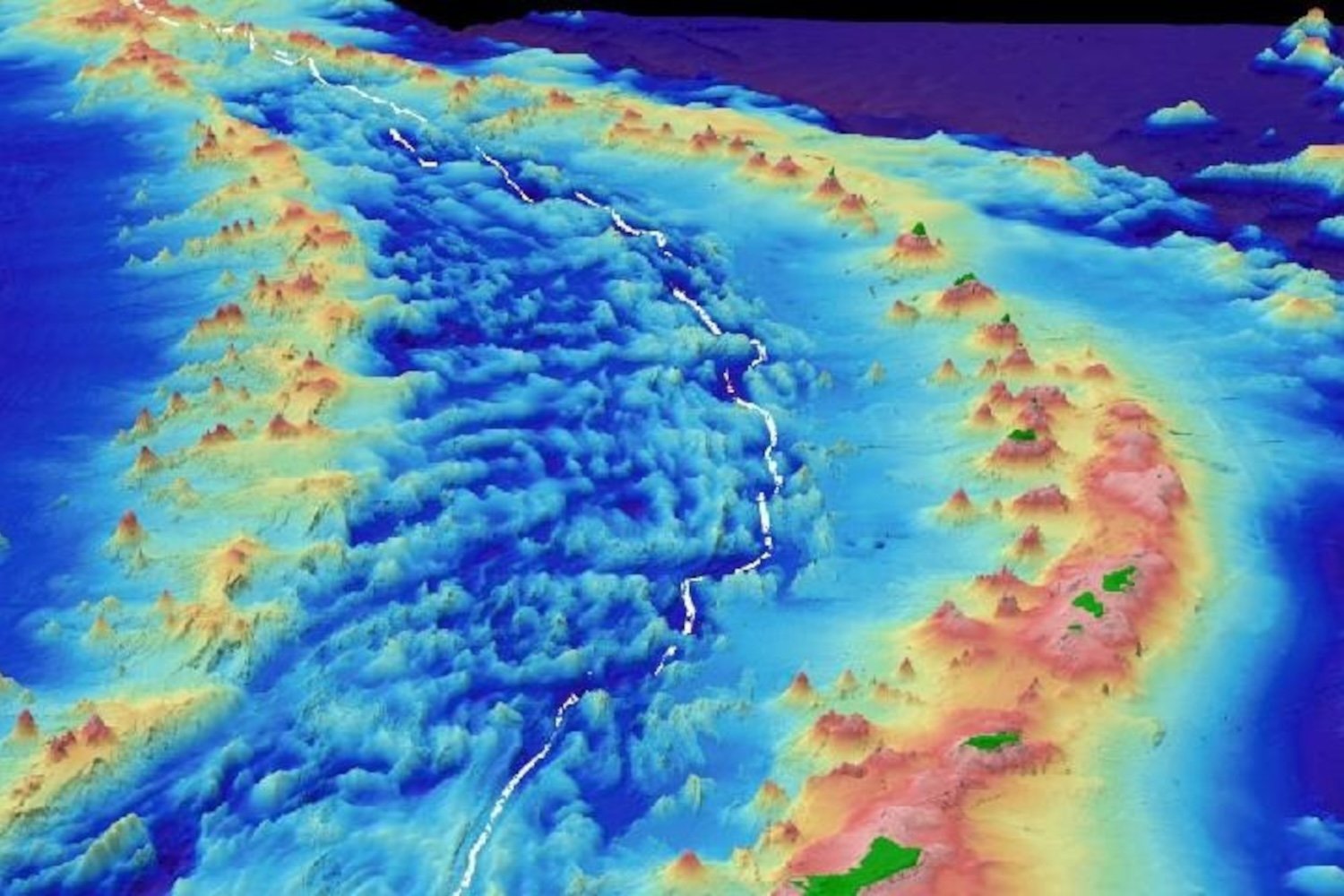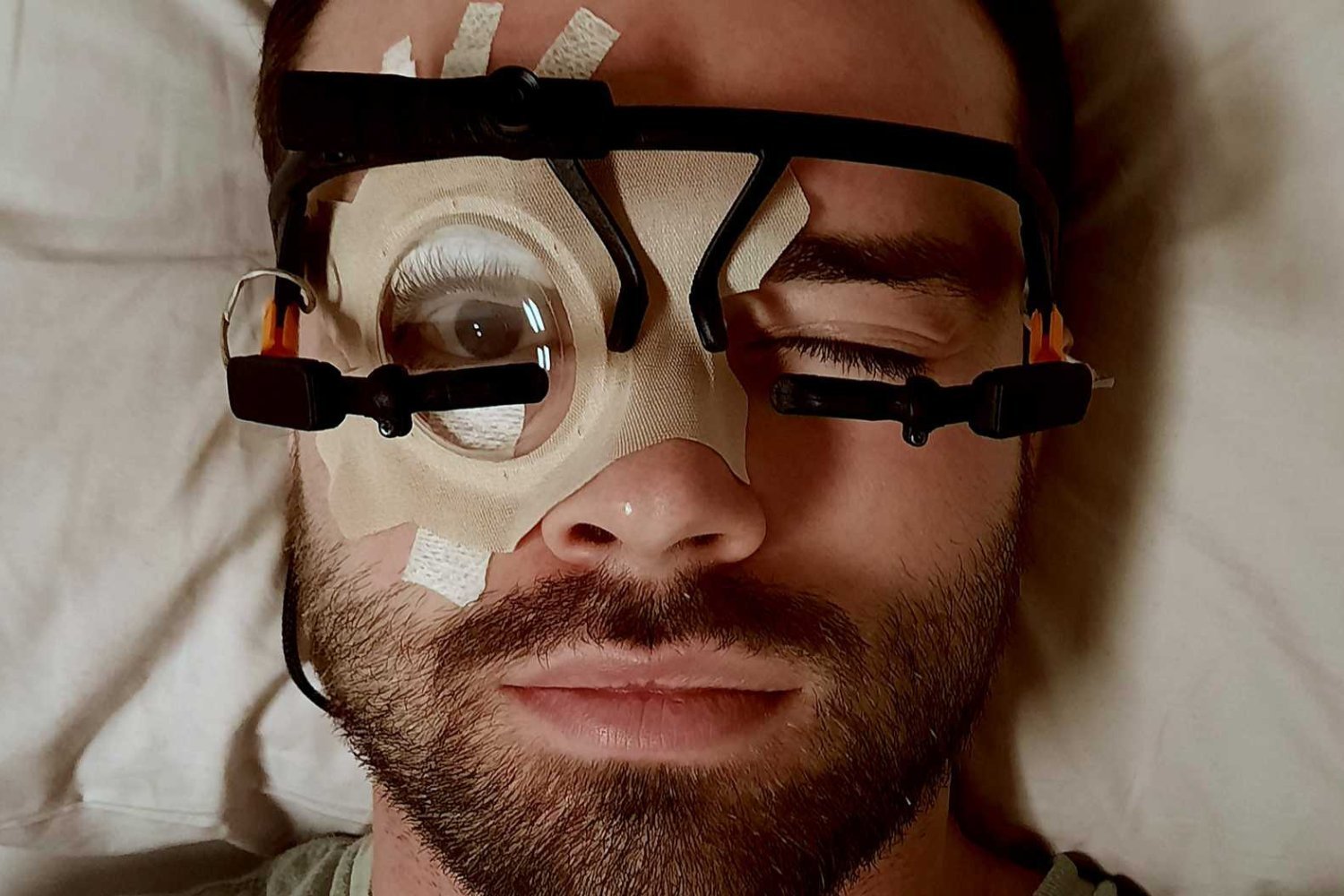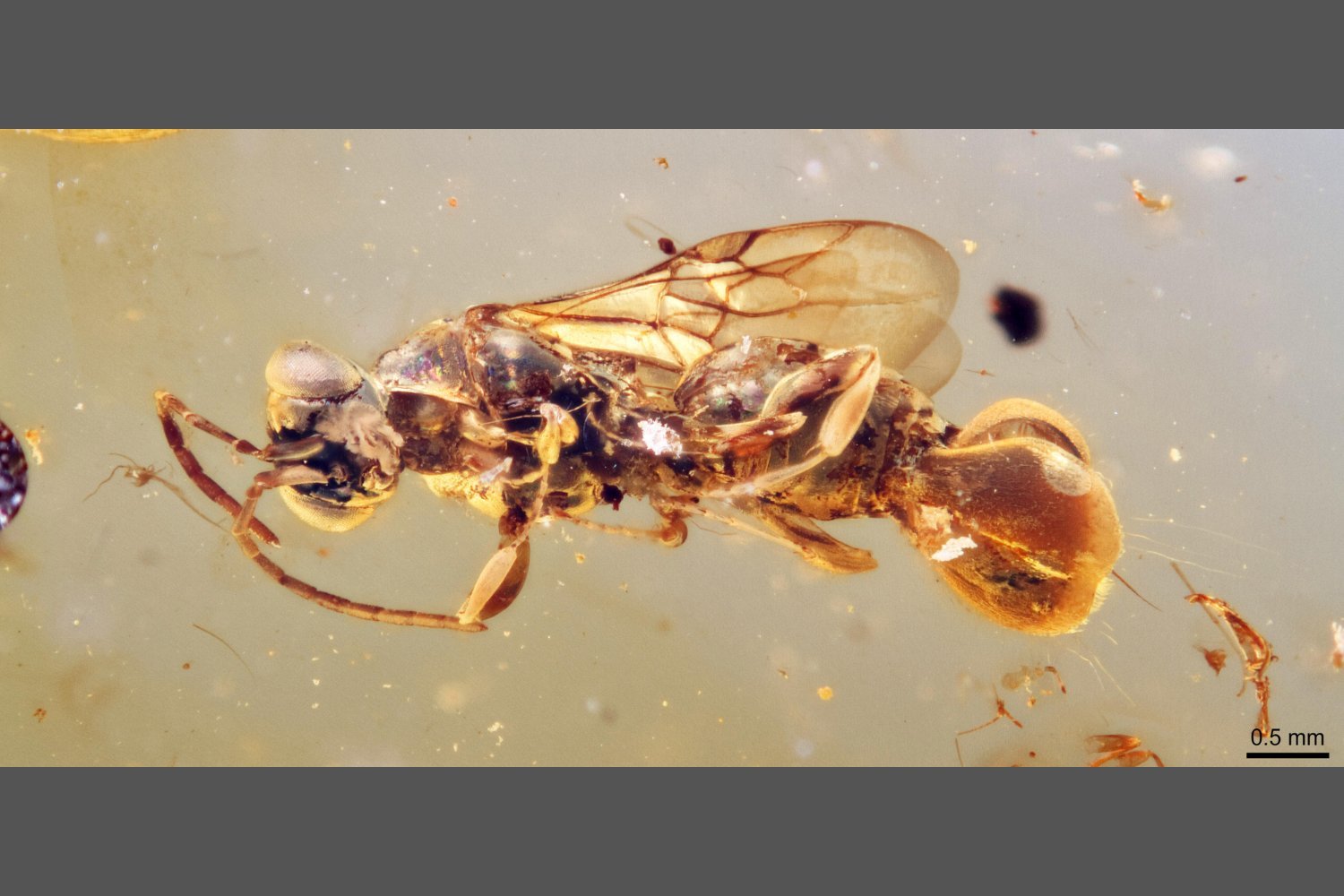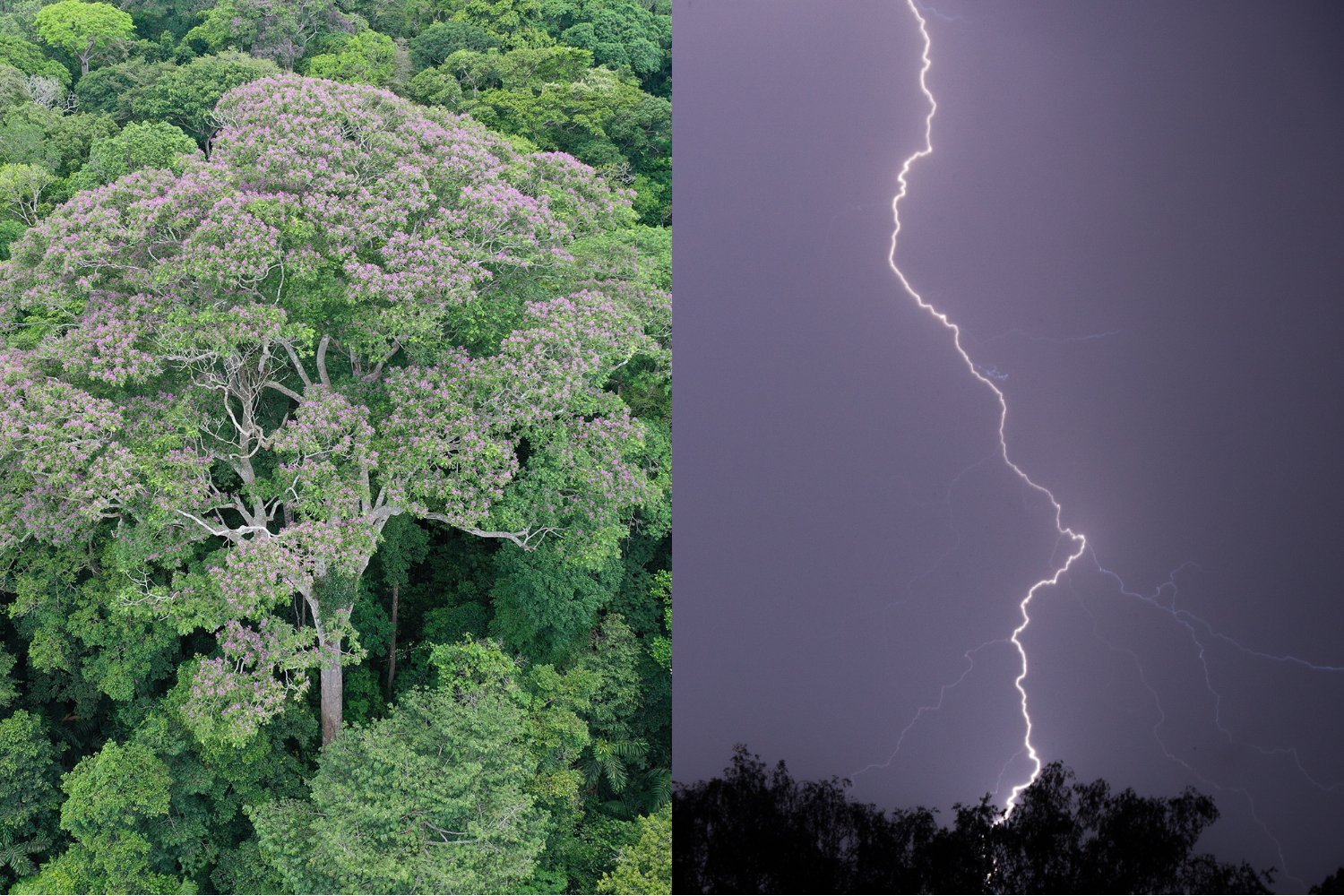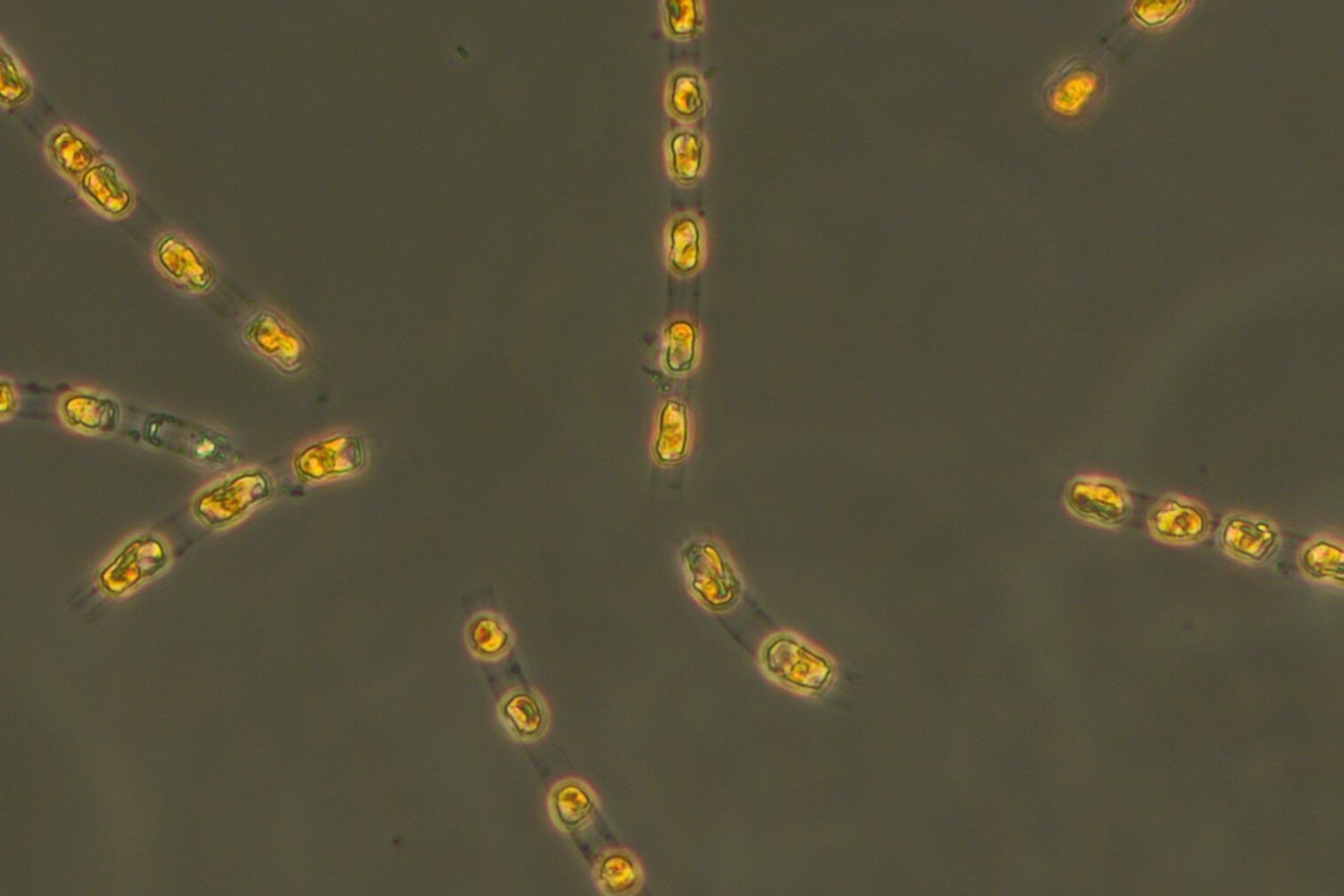The early Jurassic period, approximately 200 million years ago, witnessed a resurgence of life after a devastating extinction event. While dinosaur bones from this era remain elusive in Australia, recently discovered footprints offer a fascinating glimpse into their presence. Researchers have unearthed the highest concentration of dinosaur footprints per square meter ever found in Australia, remarkably preserved on a rock slab that sat unnoticed in a high school for decades. Published in Historical Biology, the study reveals a remarkable story of prehistoric activity hidden in plain sight.
A Prehistoric Snapshot
The 200-million-year-old footprints, imprinted on the high school rock, represent 47 individual dinosaurs traversing a patch of wet clay, possibly near a waterway. Lead author Anthony Romilio, a paleontologist at the University of Queensland, describes it as “an unprecedented snapshot of dinosaur abundance, movement, and behavior” from a time when dinosaur bone fossils are absent in Australia.
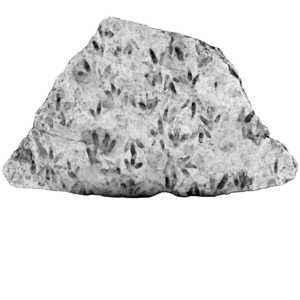 High School Boulder Details
High School Boulder Details
Using a combination of casting, 3D imaging, and light filters, Romilio identified 66 individual footprints on the boulder’s surface. The three-toed prints belong to the ichnospecies Anomoepus scambus, identified as small, bipedal herbivores with long legs, short arms, a beak-like mouth, and a robust build. Analysis suggests these dinosaurs were moving at a leisurely pace of less than 4 miles per hour (6 kilometers per hour) when they crossed the wet clay.
Uncovered After Decades
Originally discovered in a coal mine near Biloela, Central Queensland, the boulder was donated to a local high school two decades ago. It remained largely unstudied until the community, aware of Romilio’s previous research on dinosaur footprints, recognized its potential significance.
More Than One Hidden Gem
This discovery highlights the potential for overlooked paleontological treasures. Romilio notes, “Significant fossils like this can sit unnoticed for years, even in plain sight.” The study also details another set of footprints from the same region, found serving as a carpark delineator at Callide Mine. These larger prints belong to a different, two-legged dinosaur.
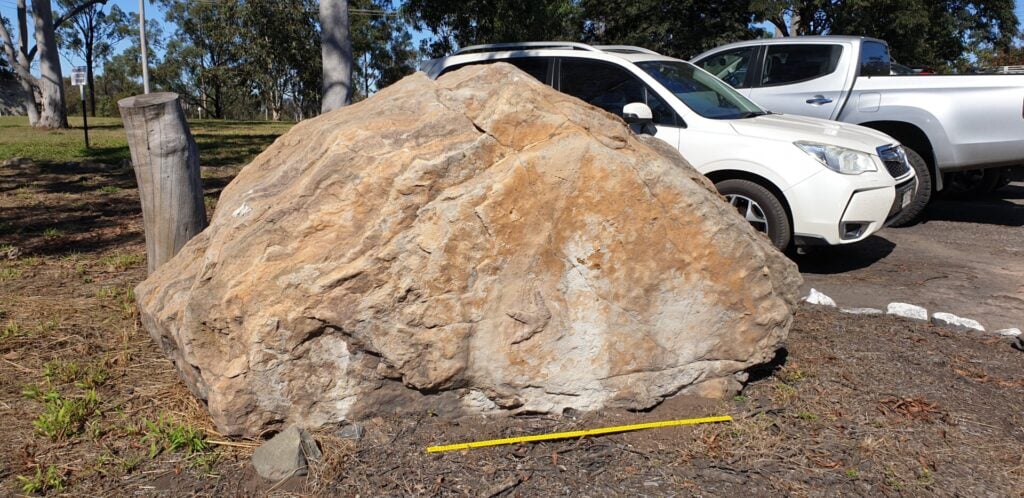 Mine Carpark Dino Footprints
Mine Carpark Dino Footprints
A Window into the Past
Along with a third footprint sample preserved in resin and used as a bookend, these discoveries provide valuable insights into the early Jurassic period in Queensland. These findings underscore the importance of careful observation and the potential for remarkable discoveries to be found even in the most unexpected places. The research reminds us that the past can be unearthed in the present, sometimes hiding in plain sight.



